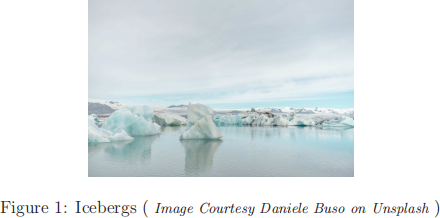关键词 > ME-GY6003/CBE-GY6153
ME-GY 6003 Applied Mathematics in Mechanical Engineering
发布时间:2021-11-21
Hello, dear friend, you can consult us at any time if you have any questions, add WeChat: daixieit
ME-GY 6003 Applied Mathematics in Mechanical Engineering
CBE-GY 6153 Applied Mathematics in Engineering
Fall 2021
Term Exam 2
Problem 1: Acoustics
An air bubble has formed inside a pneumatic pipe. A random vibration causes the bubbble to burst, sending an acoustic pulse through the pipe which is described by

and

where p is the fluid pressure perturbation and u the perturbation velocity. ρ0 is the ambient density in the fluid and K0 is the bulk modulus of the air.
a.) Write the system of equations in matrix form.
b.) Find the eigenvalues of the coefficient matrix.
c.) Find the eienvector corresponding to each eigenvalue found above.
d.) Transform the system of equations into characteristic form.
e.) Solve the systems of equations in characteristic form.
f.) If the initial conditions to the physical problem are

Find the soluion to the problem in physical variables for t > 0.
g.) Plot a wave diagram, e.g. an x - t diagram that shows the evolution of the pressure pulse in time.
Note: the speed of sound, c0 is defined as

Problem 2: Hydrostatic Analysis
The buoyant force on a floating object is a net vertical force acting on it due to pressure. In a static fluid, there will be a balance between the weight of the floating object and the buoyant force. An excellent example of this is an iceberg.

a.) If G(x, y, z) is a vector-valued function then we define surface and triple integrals of G component-wise. If a is a constant vector, prove that

and

b.) The derivative of a vector function is

for all t where the limit exists. Apply this to the quantity fa for scalar f and constant vector a.
c.) For the scalar f and the vector F, prove the following identity:

d.) Prove the following. If needed, You may use the results of (a.) through (c.) above:

e.) The buoyant force on a floating object may be written as

where p is the fluid pressure. The pressure p is related to the density of the fluid ρ(x, y, z) by a law of hydrostatics:

where g is the acceleration due to gravity. If the weight of the object is W = mg, use the results of parts (a.) through (d.) above to demonstrate that the object is in static equilibrium.

